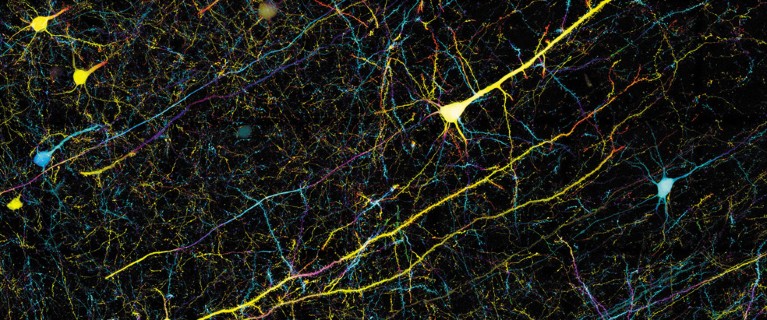People with epilepsy may report having a ‘bad week’ at the start of each month, a cluster of seizures every 10 days, or other cyclic patterns. However, while anecdotal evidence of long-term seizure cycles is abundant, experimental proof was lacking.
But now a University of Melbourne study, based on two of the largest databases of human seizures ever recorded, has provided an extremely accurate, objective account of the times seizures occur.
A team led by Mark Cook, director of the Graeme Clark Institute for Biomedical Engineering, has developed a powerful new framework for seizure forecasting – the longest epilepsy forecasting study undertaken in humans. The latest results were reported in Lancet Neurology in September, and have been critical to the development of a seizure forecasting app.
“The week day that most seizures occurred was unique to the individual and, across the population, no day of the week was ‘worse’ than any other day,” says Cook, who is also director of the Department of Neurology at St Vincent’s Hospital Melbourne, and senior research advisor at the Bionics Institute, both within the Melbourne Biomedical Precinct.
“By developing the right software, we can immediately begin using the information from seizure cycles to improve treatment outcomes,” says research team member Philippa Karoly from the Neuro Engineering Research Lab at the University of Melbourne.
Named the Beagle Health Tracker, the app detects different cycles that modulate individuals’ seizures and presents this information graphically.
“Users can track where they are in a particular cycle, explore the different associated risk levels and schedule medication aligned to their unique rhythms,” Karoly says.
“Our investigation has taught us that tracking seizure times can reveal rich patterns that can be used to build better forecasts and make a real difference to how people manage epilepsy.”
Explore our research stories @ unimelb.edu.au/researchimpact


